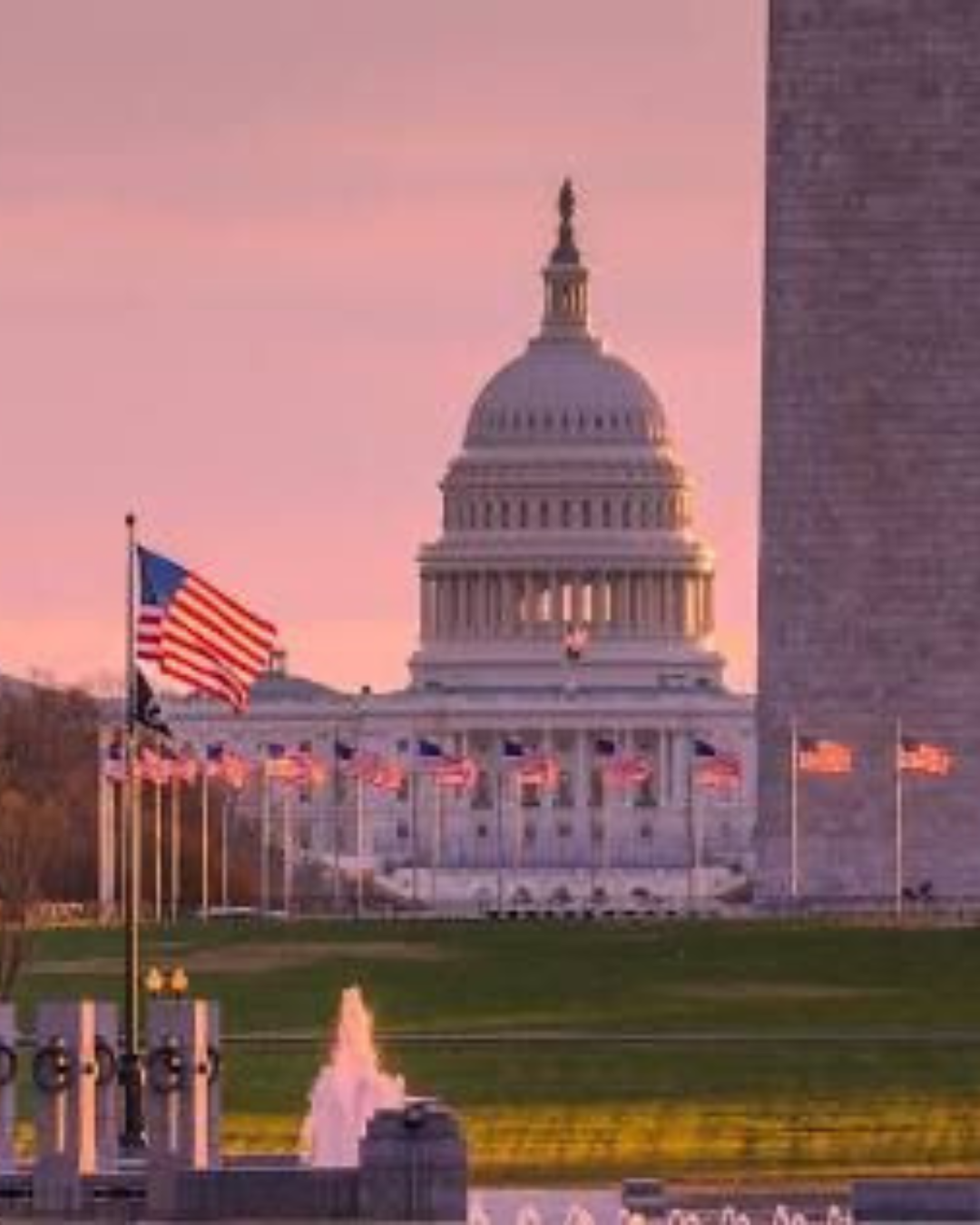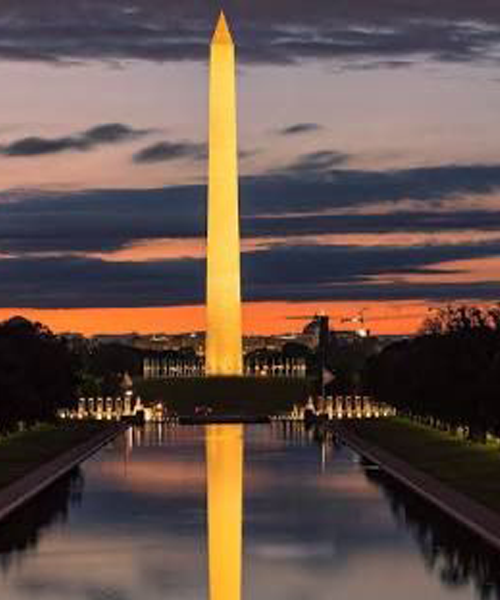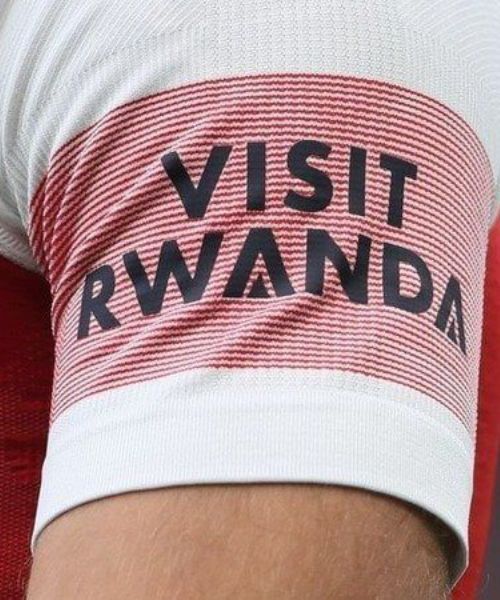Veterans of the United Nations Assistance Mission for Rwanda (UNAMIR) gathered today at Umurindi w’Intwari (Mulindi) to honor the legacy of the nation’s liberators. For these former peacekeepers, setting foot on the hallowed grounds is more than a visit—it’s a poignant return to the site where courage and strategy forged Rwanda’s new future. Every bunker, command post, and communication center stands as a testament to the heroism and selflessness that underpinned the country’s rebirth.
Mulindi, nestled in the rolling hills of Byumba, served as the Rwanda Patriotic Army’s (RPA) principal operational base during the liberation struggle. From its command posts, RPA leaders orchestrated offensives and coordinated logistics essential for advancing into northern Rwanda. This stronghold also housed communication centers that linked front-line units to broader strategic networks, enabling swift decision-making under fire.
The site’s infrastructure included:
- A meeting house where President Paul Kagame conferred with UNAMIR head General Romeo Dallaire
- Bunkers that sheltered leaders and staff during artillery exchanges
- Open grounds once used for football and basketball games, boosting morale and unity among soldiers
On October 1, 1990, the RPA launched its four-year campaign by crossing the Kagitumba border from Uganda. Mulindi soon became the vital rear base for advancing northward, setting the operational tempo that would culminate in Kigali’s liberation. These initial maneuvers marked a transformative shift—from defensive positioning to proactive liberation—reshaping Rwanda’s destiny.
Standing atop Mulindi’s bunkers reconnects former peacekeepers with the strategic risks and dire circumstances RPA soldiers faced alongside UNAMIR personnel. The site embodies the transition from defensive sanctuary to active launchpad for freedom, offering firsthand insight into logistics, planning, and human resolve. For veterans who observed from nearby hills, re-walking these paths delivers both educational depth and emotional resonance.
Lieutenant Colonel Amina Muhanga, UNAMIR communications officer in 1994, paused at the main bunker and remarked, “Being here reminds me that peace is never given. It must be claimed through unity, sacrifice, and unyielding belief in justice.” Her words echoed among fellow veterans, many wiping tears as they revisited sites where they once relayed critical orders and comforted terrified civilians.
Umurindi w’Intwari stands today as more than a museum—it is a living chronicle of command, resilience, and ultimate victory. For former UNAMIR soldiers, the visit deepens their understanding of how international peacekeepers and RPA fighters intertwined efforts to end genocide and restore hope. As they depart Mulindi, they carry renewed resolve to share these lessons with future generations.
- Digital reconstructions: Interactive VR tours to relive Mulindi’s bunkers and meeting halls
- Multilingual resources: Translations of oral histories into Kinyarwanda, French, and English
- Commemorative events: Annual symposia inviting veterans, scholars, and community leaders
- Educational outreach: Partnerships with schools to integrate liberation history into curricula
What aspects of Rwanda’s liberation struggle resonate most with you, and how might we preserve these stories for the future?








